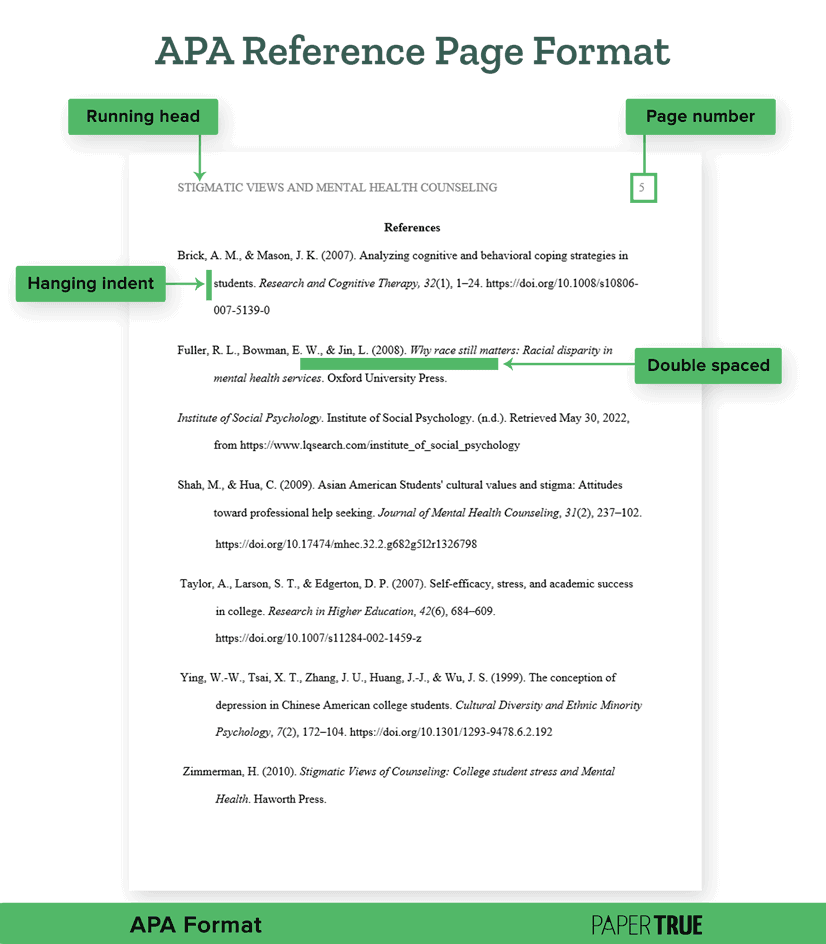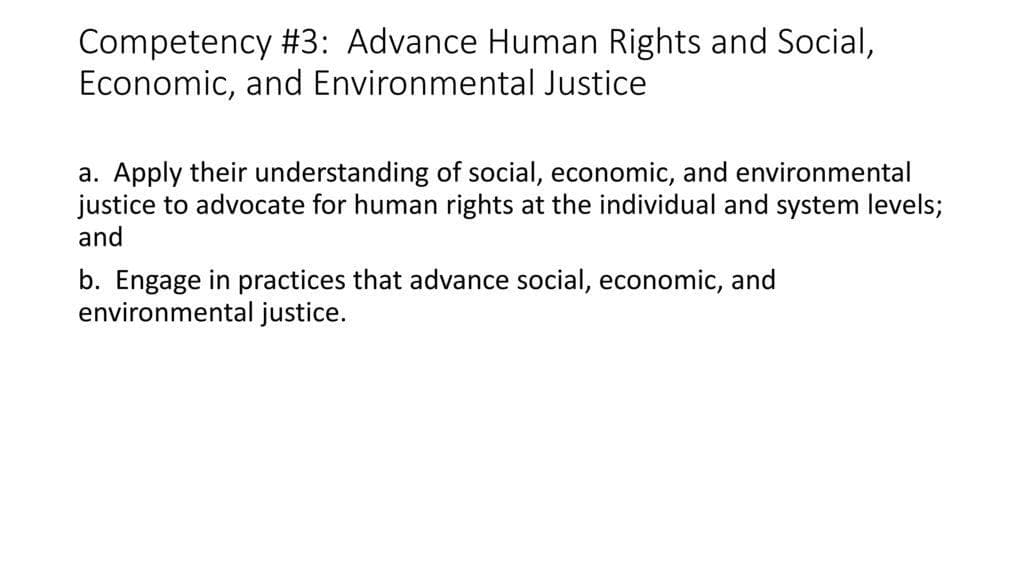The Universal Declaration of Human Rights, a milestone document that sets forth the fundamental human rights to be universally protected, often needs to be cited in research papers and discussions. Understanding how to accurately cite this declaration is crucial.
Whether you are acknowledging the declaration in academic writing or referencing it in a legal brief, attention to detail is key. Here we’ll delve into different ways to cite the Universal Declaration of Human Rights.
Take a look at these key points:
- Identifying the Universal Declaration of Human Rights: This is a foundational step in citing accurately. Knowing the article number and the paragraph can greatly help in citing.
- Details of the Universal Declaration of Human Rights: Understanding its content helps in producing a relevant and accurate reference.
- Steps to Cite the UDHR in APA Style: This involves detailing the author, year, title, and source of the document.
- Guidelines for Citing UDHR in MLA Style: Similar to APA, yet it demands specific formatting.
- Citing the UDHR Using Chicago Manual: This citation style gives precedence to footnotes over bibliography entries.
These details are vital for accurate citations of the Universal Declaration of Human Rights.
Contents
Citing Universal Declaration of Human Rights Accurately
The above mentioned citation styles are commonly used in academic and professional writing. The choice of style generally depends on your field of study or professional requirement.
Precision is key when citing sources, especially when referencing an important human rights document such as this one.
The right information placed in the correct sequence according to your chosen style will ensure your citations of the Universal Declaration of Human Rights are impeccable.
Getting a grip on these methods will not only make your citations accurate but also go a long way in helping you understand the nuances of citing important documents correctly.
Identifying the Universal Declaration of Human Rights

The Universal Declaration of Human Rights is a seminal piece in the annals of human rights history.
It was distinctly compiled by representatives bearing varied legal and cultural backgrounds from diverse world regions.
It was honorably promulgated by the United Nations General Assembly in Paris, dating back to 10 December 1948. More info
“The Declaration consists of thirty articles and reflects one of the most consequential human rights documents ever crafted.”
This powerful document surmises the basic rights and liberties to which all humans are deemed entitled to.
These range from the right to life, liberty, and security, stretching across freedom from servitude and torture.
The Declaration also enshrouds the right to participate in governance, as well as social security rights.
In addition to this, it carries provisions for work rights, rest, leisure and an adequate standard of living that caters for health and familial wellbeing.
Since its initiation, the Declaration has instigated many international and national human rights instruments.
Its impact persists, playing a crucial role in promoting and safeguarding human rights for all individuals irrespective of their status.
Details of the Universal Declaration of Human Rights

The Universal Declaration of Human Rights goes beyond familiar freedoms like speech and belief.
It broadens the scope, embracing rights such as choice, opportunity, and even the right to leisure.
This principle stands on a robust pillar, respect for individuals irrespective of their background.
- Human rights are inherent entitlements every person inherits by default by being a part of the Homo sapiens species.
- The principle of human rights is universal, not restrained by geographical barriers or cultural differences.
- The essence lies in dignity, positing that each person being moral and rational deserves honorable treatment.
The seeds for human rights were sown post World War II with the idea that people should enjoy certain freedoms.
This belief eventually culminated in the creation of a seminal document – the Universal Declaration of Human Rights.
These thirty rights, ensure everyone enjoys equal treatment, freedom to work without abuse or harassment, select lifetime partners and raise children.
Few recognize these broad contours of human rights, often limiting them to popular notions like speech and belief liberties. However, there’s so much more to it than this reductive understanding.
.
Steps to Cite the UDHR in APA Style

When using APA style, incorporating the Universal Declaration of Human Rights (UDHR) requires specific steps.
This ensures academic integrity and respects the source’s authenticity.
In-Text Citation Protocol
An in-text citation for the UDHR under APA rules necessitates this format: (United Nations, 1948, art. 21.3).
This enables readers to locate information without confusion.
A Comprehensive Bibliography
Regarding the Bibliography, use this format: United Nations. (1948). Universal Declaration of Human Rights.
This entry helps the reader to identify and locate the document.
I’ve used these guidelines from this fantastic source.
This is fundamental for those producing scholarly work or in academic circles.
Ensuring Referencing Accuracy
One should follow these steps meticulously for accurate citation.
The correct citation of documents such as the UDHR not only upholds academic honesty but also respects human rights history.
Guidelines for Citing UDHR in MLA Style

The Modern Language Association (MLA) citation style requires specific information when citing any source, including the Universal Declaration of Human Rights (UDHR).
To correctly cite this document, ensure you include the author, title of source, and date of publication.
The author would be “United Nations.” While the title refers to “Universal Declaration of Human Rights.”
- Author: United Nations
- Title of Source: “Universal Declaration of Human Rights”
- Date of Publication: 10 Dec. 1948
In addition to these key details, other information may be necessary depending on your citation requirements.
If citing from a container or website, consider adding the title of the container and the URL.
- Title of Container: United Nations Website
- URL: https://www.ohchr.org/en/udhr/pages/default.aspx
You may also need to attach specific version numbers or other contributors if applicable.
Citations are crucial; they give credit to sources and prevent academic dishonesty.
Note that the details provided form a citation that adheres strictly to MLA guidelines.
Citing the UDHR Using Chicago Manual

How do I cite the Universal Declaration of Human Rights from the United Nation’s website?
Begin by acknowledging the source, which in this case, is the United Nations’ website. You can find the pertinent information at this URL: https://www.un.org/en/about-us/universal-declaration-of-human-rights.
Importantly, the website clarifies that “The Declaration was proclaimed by the United Nations General Assembly in Paris on 10 December 1948 (General Assembly resolution 217 A) as a common standard of achievement for all peoples and nations.”
This statement gives you insight into necessary details for the citation. Consulting deeper into the documentation provided reveals how to properly format it.
What would be an example of a proper citation?
An appropriate citation following these guidelines might look like this:
“1. UN General Assembly, Resolution 217A (III), Universal Declaration of Human Rights, A/RES/217(III) (December 10, 1948), https://www.un.org/en/about-us/universal-declaration-of-human-rights.”
The identifier “A/RES/217(III)” locates the Declaration within Resolution 217 (III). This is the International Bill of Human Rights, which directly links to the original Declaration.
If “Resolution 217A (III)” is mentioned in my text, should it also appear in the note?
No. As outlined in CMOS 14.305, if “Resolution 217A (III)” is referenced within your text, repeating it in your note becomes unnecessary.
I hope this explanation has been helpful and has lifted any confusion regarding this citation process.
Citation Simplified
Mastering the art of properly citing the Universal Declaration of Human Rights is crucial. Follow easy steps: identify the source, pinpoint the exact article or clause, and apply the correct citation style. Whether it’s APA, MLA, or Chicago, accuracy and precision in referencing this important international document can improve your academic rigor and intellectual honesty.






